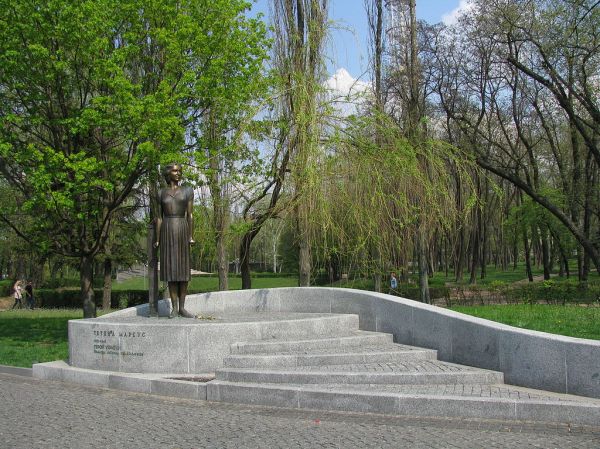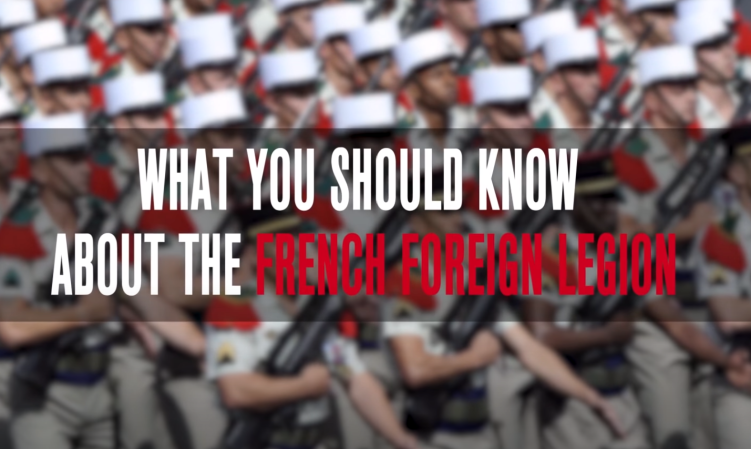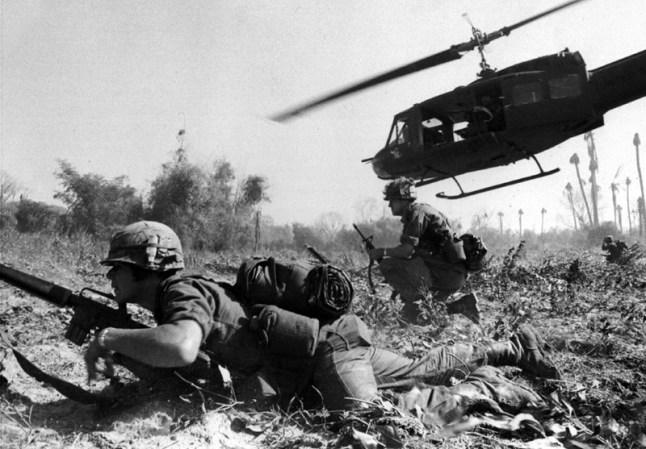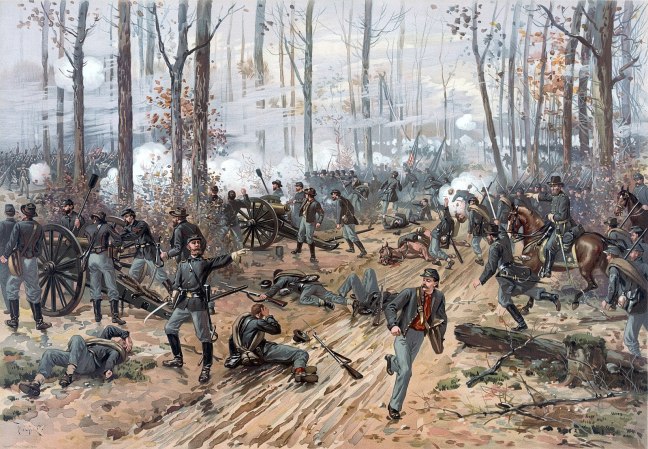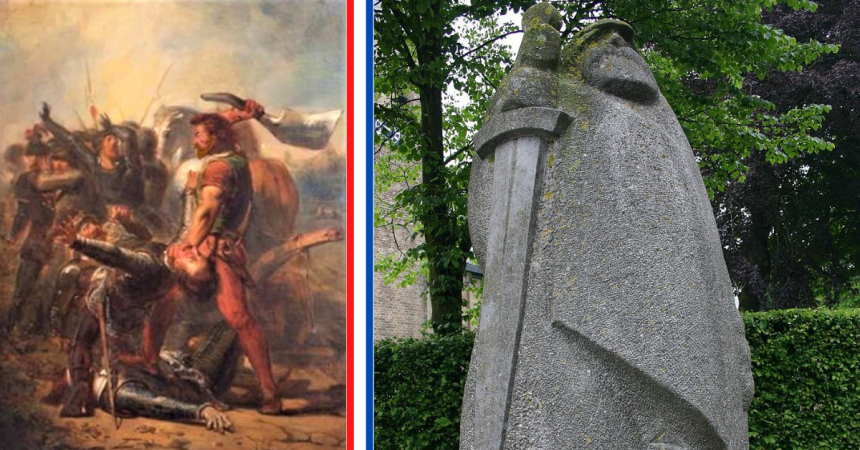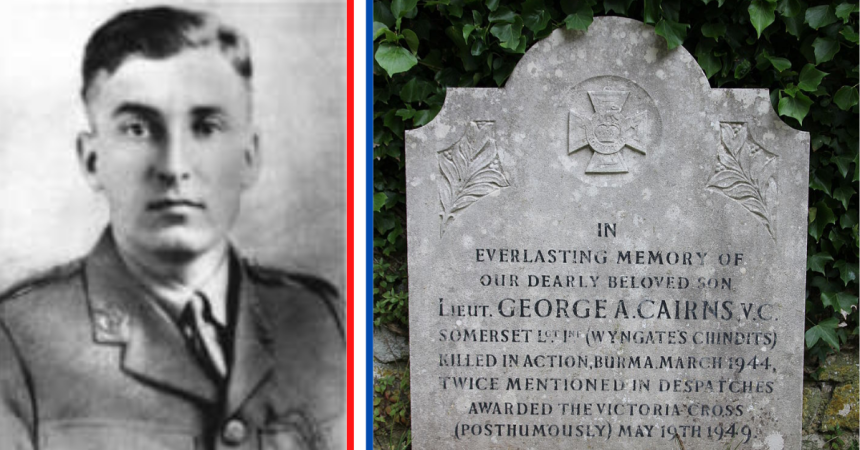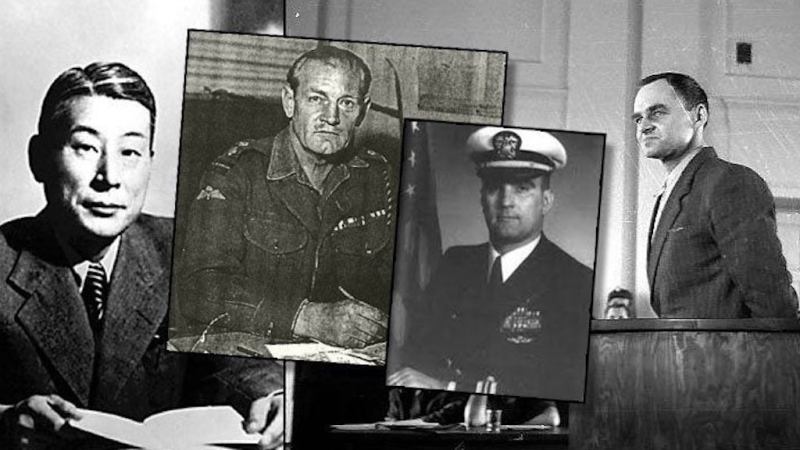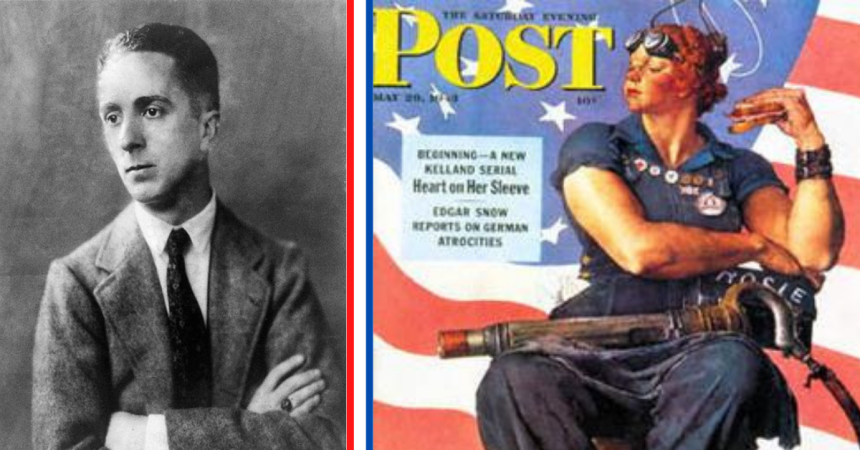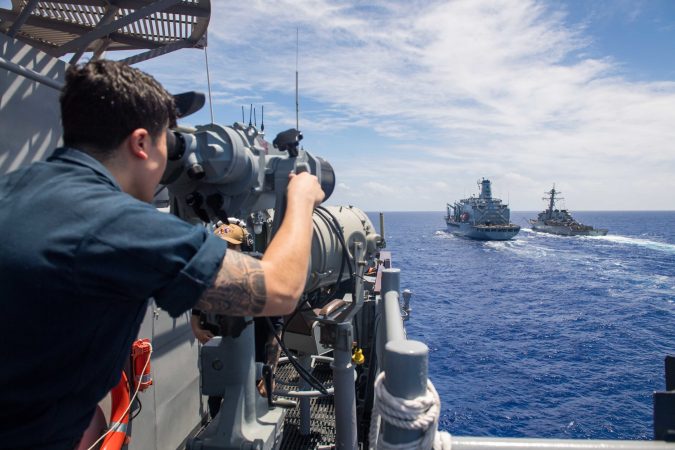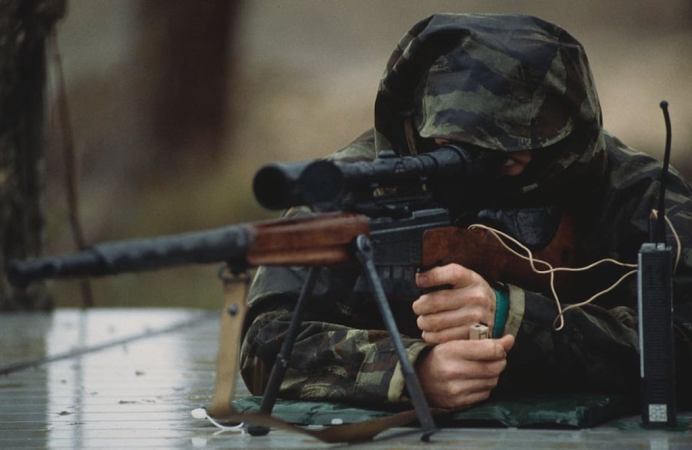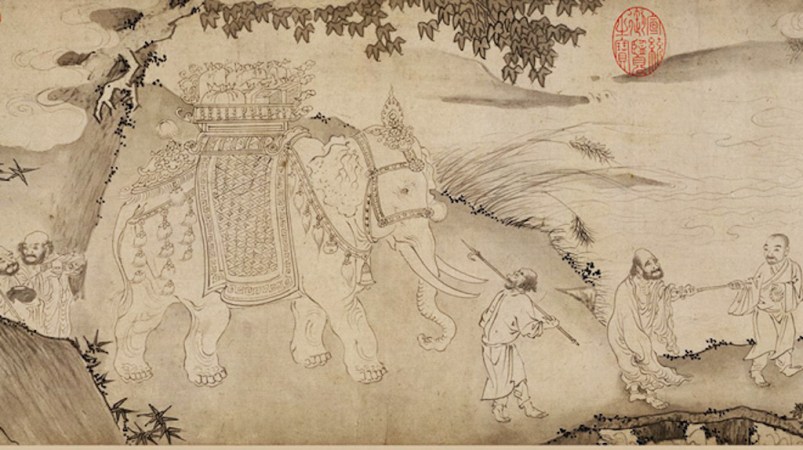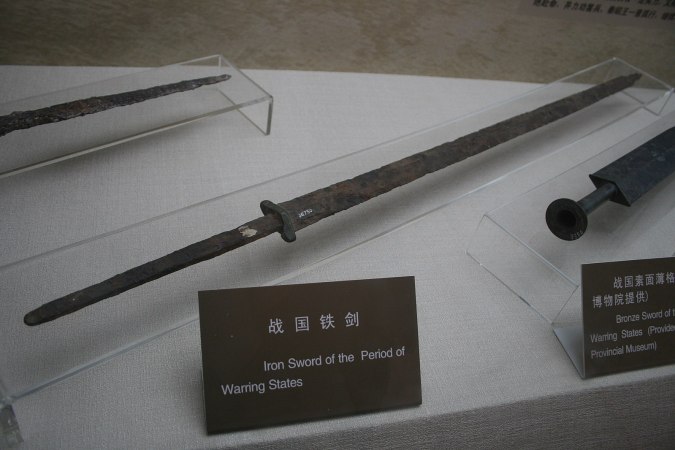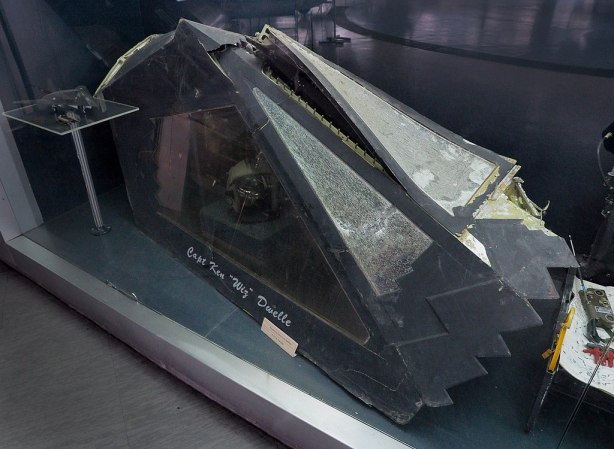Long before the Cold War pitted democracy and communism against each other on a global scale, fascism and communism were locked in a deathmatch ideological struggle in Europe. As economies were decimated by the aftermath of World War I, civil wars broke out, fascist governments rose in Germany, Italy, and elsewhere as people fled their homes for safer countries.
In the middle of this unrest, sisters Freddie and Truus Oversteegen were growing up in what is today Haarlem in the Netherlands. Their family, avowed communists, took in refugees and helped them recover or flee further into western Europe. But when the Nazi occupation of Holland saw many of their new friends captured or killed, the Oversteegen family joined an active, deadly resistance movement.
The Dutch Resistance to German occupation during World War II was mostly nonviolent. Workers’ strikes, providing intelligence to the Allies and secretly housing Jewish families were the most dominant operations, with hundreds of thousands of Dutch citizens taking part. The Oversteegen family began their resistance by hiding refugees, but their activities soon spread to handing out anti-Nazi literature.

Dutch Resistance leaders, aware of the family’s communist leanings, recruited the two sisters and their mother. Even though Truus was 16 years old and Freddie just 14, all three agreed. They joined the seven-member Haarlem Council of Resistance in 1941. The teen girls learned sabotage techniques, small arms, and how to act as couriers for the underground movement.
They made themselves look younger so they could blend into crowds and move freely, wearing pigtails and riding on their bikes undisturbed, even through Nazi military checkpoints. They burned warehouses, relocated refugees, and even blew up railways. Then came their biggest and most direct missions: killing Nazi soldiers.
Their plan was simple. Freddie would stand as a lookout as the younger Truus would walk into a restaurant, cafe, or bar and engage in conversations with Nazi officers. Eventually,the talk would turn to flirting and Truus would ask the officer to take a walk in the woods with her. Once in the woods and the couple was separated from the rest of the Nazis, a resistance member would execute the German and discard his remains in a prepared grave.

Eventually, Truus and Freddie began to strike out on their own, eliminating Nazi German Army and SS officers without the help of male resistance members. They called these missions “liquidations.” When they couldn’t find an SS officer to isolate, they would follow other officers to their homes, then ambush them.
Their work was so solid, a 22-year-old former law student named Jannetje Johanna “Hannie” Schaft joined them in 1943. Together, the squad executed a number of officers while conducting sabotage missions. The Germans never figured out who the two girls were, but they did catch on to Schaft, with her distinctive red hair. Schaft dyed it black to avoid detection, but one sharp-eyed German noticed her red roots at a checkpoint one day. Schaft was captured and executed just days before the Allies liberated Holland. No one knows how many Nazis the girls killed. When asked, they responded simply: “One should not ask a soldier any of that.” Truus died in 2016 at age 92. Freddie died in 2018 at 96.


